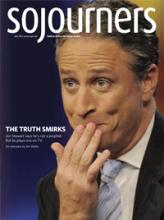I was born and raised in public housing projects in the South Bronx. My mother and father are Puerto Rican immigrants who came to the U.S. when they were 16 and 17. My father was homeless for a while, and then got a job as a deli man, a dishwasher, and ultimately moved up to becoming a maintenance man in the public housing projects we grew up in.
When I was growing up in the South Bronx, it was dark times. It was the ’60s and the ’70s, and if you know your history, you know that the South Bronx was devastated and burned. Later I learned that the fires were due to “planned shrinkage” and “urban renewal” plans, which proposed that if you closed down public services, ultimately you could come in and rebuild a community, but it didn’t work like that in the South Bronx. As a little girl, I’d be perched on my washing machine, looking out from my ninth-story window, watching my community burn.
Nevertheless, I had tremendous love for my family and community until the outside world began to tell me that I was poor, that I lived in poverty, and that I was a child of the ghetto. As a result, I was a whole list of “at risks.” I was at risk of violence, and at risk of dropping out of school, and at risk of getting pregnant. While I defined myself as a beautiful brown girl with beautiful parents and a wonderful family, the rest of the world would define me and the measure of my success not by how I lived and thrived within my own community, but by how far I could escape from it. In my 20s I made a successful career for myself doing other things, forgetting about the poor, and becoming a conscientious objector to my own story and to the story of my family. Despite the fact that my family was still in the South Bronx, I was in a nice apartment in midtown Manhattan overlooking the Hudson River.
Read the Full Article

